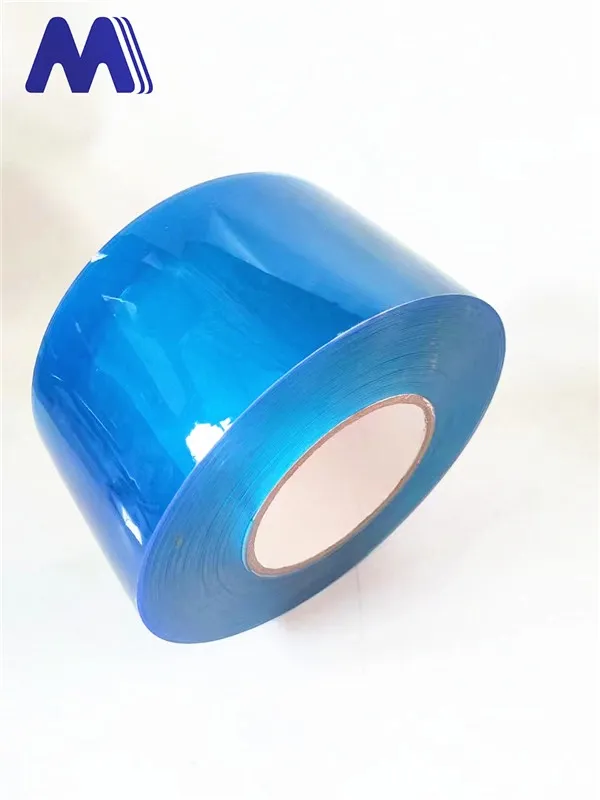- Afrikaans
- Albanian
- Amharic
- Arabic
- Armenian
- Azerbaijani
- Basque
- Belarusian
- Bengali
- Bosnian
- Bulgarian
- Catalan
- Cebuano
- Corsican
- Croatian
- Czech
- Danish
- Dutch
- English
- Esperanto
- Estonian
- Finnish
- French
- Frisian
- Galician
- Georgian
- German
- Greek
- Gujarati
- Haitian Creole
- hausa
- hawaiian
- Hebrew
- Hindi
- Miao
- Hungarian
- Icelandic
- igbo
- Indonesian
- irish
- Italian
- Japanese
- Javanese
- Kannada
- kazakh
- Khmer
- Rwandese
- Korean
- Kurdish
- Kyrgyz
- Lao
- Latin
- Latvian
- Lithuanian
- Luxembourgish
- Macedonian
- Malgashi
- Malay
- Malayalam
- Maltese
- Maori
- Marathi
- Mongolian
- Myanmar
- Nepali
- Norwegian
- Norwegian
- Occitan
- Pashto
- Persian
- Polish
- Portuguese
- Punjabi
- Romanian
- Russian
- Samoan
- Scottish Gaelic
- Serbian
- Sesotho
- Shona
- Sindhi
- Sinhala
- Slovak
- Slovenian
- Somali
- Spanish
- Sundanese
- Swahili
- Swedish
- Tagalog
- Tajik
- Tamil
- Tatar
- Telugu
- Thai
- Turkish
- Turkmen
- Ukrainian
- Urdu
- Uighur
- Uzbek
- Vietnamese
- Welsh
- Bantu
- Yiddish
- Yoruba
- Zulu
Innovations in PVC Production Techniques and Their Environmental Impact Analysis
The State of PVC Production Trends, Challenges, and Future Prospects
Polyvinyl chloride (PVC) is one of the most widely used synthetic plastic polymers in the world, with applications ranging from construction materials to medical devices. Its production and utilization are significant not only for the economy but also for environmental considerations. This article explores the current state of PVC production, the trends influencing its market, the challenges it faces, and what the future might hold.
Understanding PVC Production
PVC production begins with the polymerization of vinyl chloride monomer (VCM), a compound derived from fossil fuels. The manufacturing process requires a series of chemical reactions, resulting in a resin that can be processed further through various methods like extrusion, injection molding, and calendering. PVC can be categorized into two main types rigid PVC, used in pipes and building materials, and flexible PVC, utilized in flooring, electrical cables, and inflatable products.
The global PVC production capacity has been on the rise, primarily driven by increasing demand from the construction and automotive industries. In recent years, Asia-Pacific has emerged as a powerhouse in PVC production, with nations like China and India leading in both capacity and consumption. This trend can be attributed to rapid urbanization, infrastructure development, and a growing population requiring housing and amenities.
Current Trends in PVC Production
1. Sustainability and Recycling One of the foremost trends shaping the PVC market is the push towards sustainability. Companies are increasingly focusing on developing recyclable PVC products and utilizing recycled materials in their production. This is crucial given the environmental concerns associated with plastic waste. Organizations like the Vinyl Sustainability Council are advocating for a circular approach, promoting recycling efforts and responsible disposal of PVC products.
2. Technological Advancements The PVC industry is witnessing significant technological innovations that enhance production efficiency and reduce waste. Advances in catalysis and polymerization techniques are leading to higher-quality products with lower energy consumption. Automation and the Internet of Things (IoT) are also being integrated into manufacturing processes, improving production monitoring and resource optimization.
pvc production

3. Regulatory Changes As environmental regulations become stricter, the PVC industry is adapting by implementing more sustainable practices. Legislation aimed at reducing the use of hazardous substances, like phthalates in flexible PVC, is prompting manufacturers to explore alternative plasticizers and safer additives. Compliance with these regulations is not just a legal requirement but an opportunity to innovate and improve product safety.
Challenges in PVC Production
Despite its growth, the PVC sector faces several challenges. One of the primary issues is the environmental footprint associated with its production. The process of extracting fossil fuels for VCM manufacturing contributes to greenhouse gas emissions and climate change. Additionally, there are concerns related to the release of toxic pollutants during PVC production and incineration.
Furthermore, the fluctuating prices of raw materials can impact production costs significantly. The ongoing transition towards renewable energy sources and alternative feedstocks presents both an opportunity and a challenge, as the industry must navigate the complexities of integrating these new materials without compromising product quality.
The Future of PVC Production
Looking ahead, the future of PVC production appears to hinge on several key factors. The continued emphasis on sustainability will likely drive innovation, as companies invest in research and development to create eco-friendly processes and products. The global shift towards comprehensive recycling schemes could transform the PVC lifecycle, reducing reliance on virgin materials and minimizing environmental impact.
Moreover, as emerging markets expand, the demand for PVC in construction and infrastructure is expected to grow. This presents an opportunity for manufacturers to not only increase production capacity but also to establish a more robust market presence in developing regions.
In conclusion, PVC production is at a crossroads, facing both significant challenges and promising opportunities. By embracing sustainability, leveraging technology, and adapting to regulatory changes, the industry can navigate its complexities and secure a prosperous future in the global market. As stakeholders in this space continue to innovate and collaborate, the potential for PVC to contribute positively to both the economy and the environment will only increase.
-
Industrial Plastic Curtains for Efficient Temperature Control Durable Strip Doors for Butchers & RefrigeratorsNewsJul.07,2025
-
High-Quality PVC Door Curtain – Magnetic & Transparent Options for Efficient SeparationNewsJul.07,2025
-
High-Quality 냉장실용 커튼 for Efficient Cooling Durable PVC Coated Wire Mesh RollosNewsJul.06,2025
-
Antistatic PVC Strip Curtains – Superior Static Protection & Easy InstallationNewsJul.06,2025
-
Clear Freezer Curtains - Durable Vinyl & Plastic Curtains for Cold Storage SolutionsNewsJul.06,2025
-
Transparent PVC-Folie – Flexible & Durable Clear Plastic Sheets for Versatile UseNewsJul.05,2025



